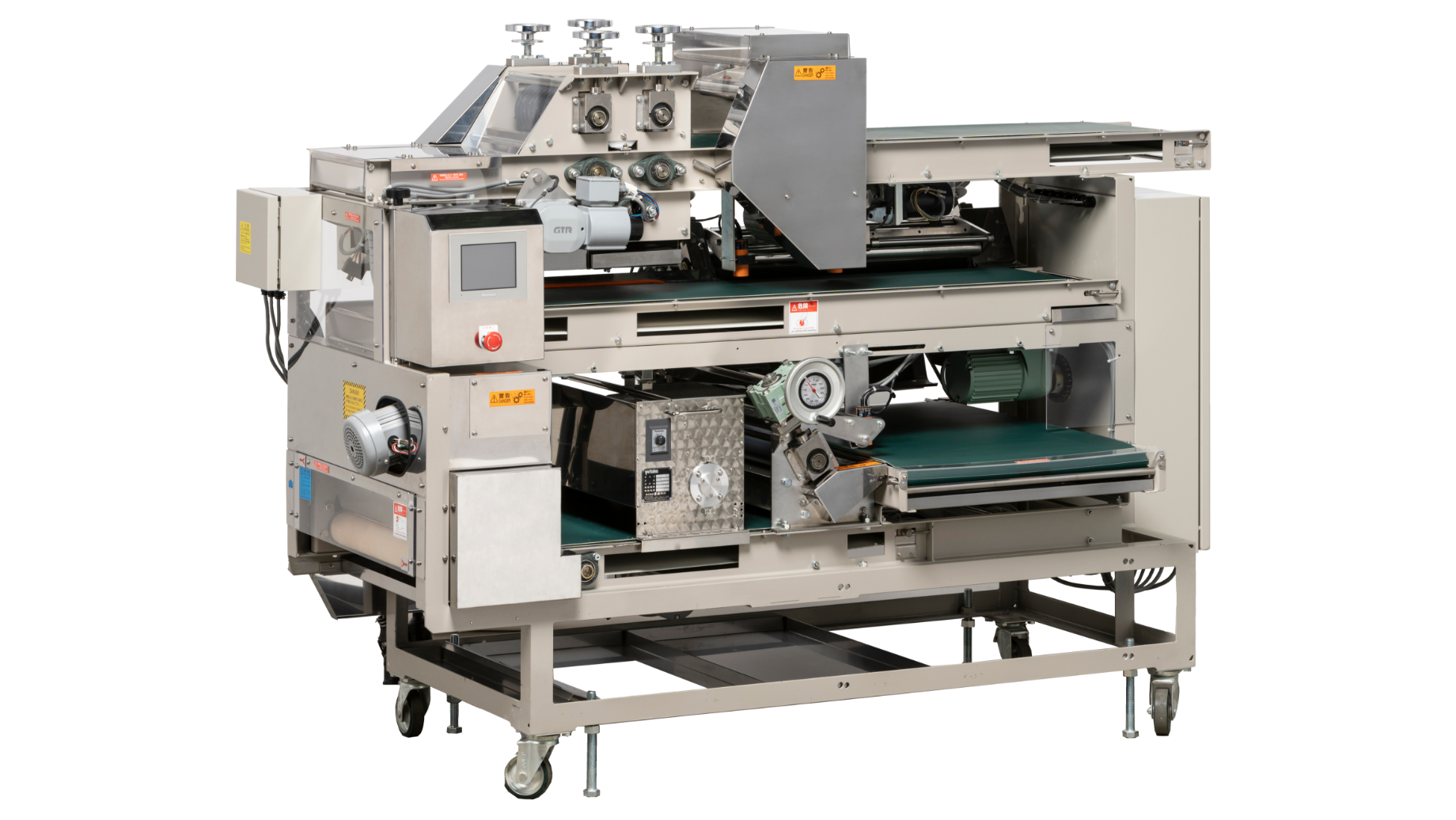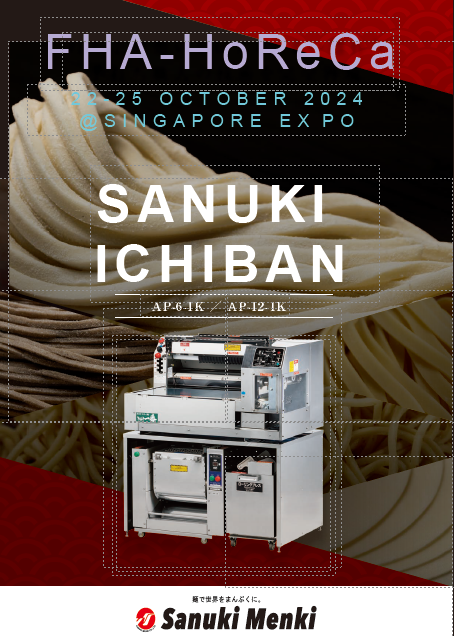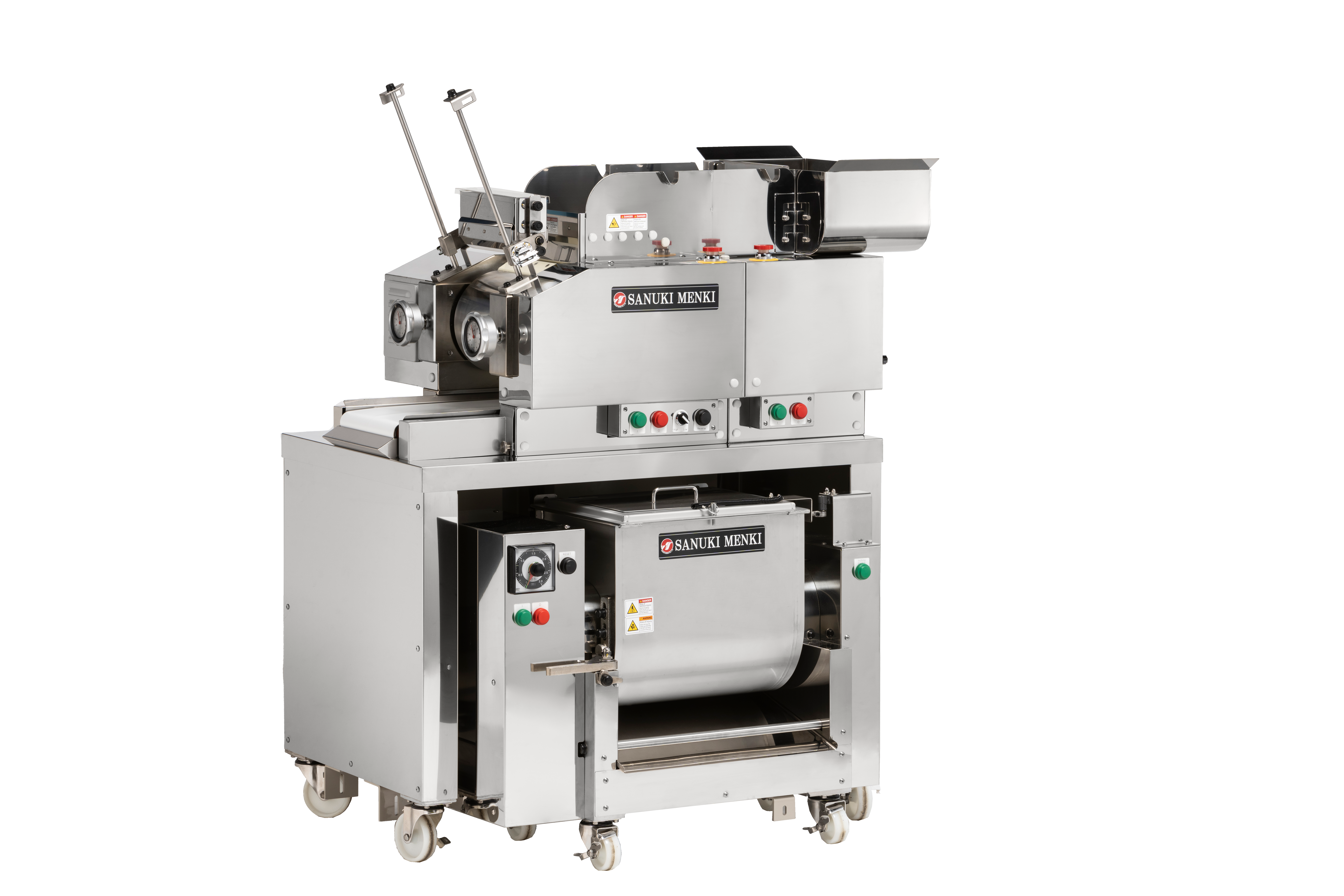
Topics
2017.01.11
ramen
topics
Keys to Success in the Noodle Business – Vol. 1
Each of the Japanese noodle types has its own definition of tastiness and different characteristics.
For example, udon noodles that have a springy texture and thicker diameter are is considered as traditional sanuki udon; ramen noodles with a firmer texture and thinner diameter are considered as typical Hakata ramen; and soba noodles that have their own aroma and texture are deemed to be authentic soba, and so on.
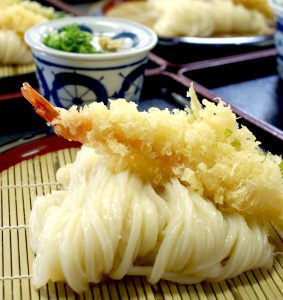
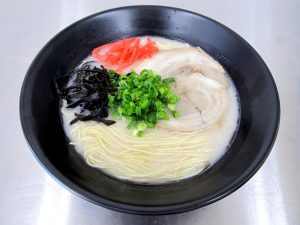
If you plan to start up a noodle business, never forget that one of the most important factors in your business’s success is noodle quality.
Noodle quality affects the product’s value, so it’s crucial to study and properly understand the ingredients and noodle-making method.
Especially with ramen, while there are many successful ramen shops in Japan, many more fail.
In fact, most of the people who plan to start up a ramen business often focus only on the soup.
They are fastidious about soup quality and tend to spend most of their time and energy making and creating soup recipes.
But concentrating only on soup quality could lead to business failure if other matters are neglected.
So please remember that making quality noodles is another important element in completing tasty ramen dishes.
Nowadays, the preference tends toward rich or creamy ramen soups, although many new or fusion styles of ramen keep appearing in the Japanese market. In fact, they are very tasty and people make more comments on the soups than on the noodles, even in the media.
However, people may quickly tire of rich or creamy soup flavors, and as a result they may not come back time and again for those same tastes.
Also, making rich or creamy soups actually takes lots of time and energy, with chefs standing in kitchens where the temperature can rise above 70°C while preparing the soup.
Therefore, some chef-owners have to give up their business, because they ruin their health due to the hard work.
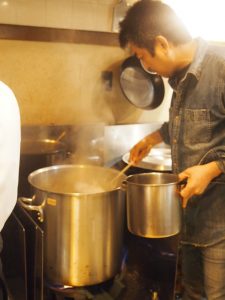
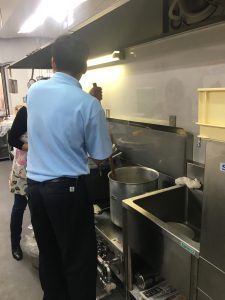
Making noodles, on the other hand, won’t consume the time and energy soup does. Moreover, it’s easy to
transform noodles into different types by changing the size, shape or recipe.
This meansSo, you can create more menu items without any extra hard and time-consuming effort.
Furthermore, there are also many other types of ramen with/without soups, such as Sapporo ramen (miso ramen), tsuke-men (dipping noodles), reimen (cold ramen) and mazesoba (soupless ramen), and so on .
The power of presentation quality can also increase the value of your dishes, so there are other ways to entertain or satisfy your customers other than the soup recipe.
However, it is important to remember that noodle quality will greatly affect the quality of the bowl of ramen.
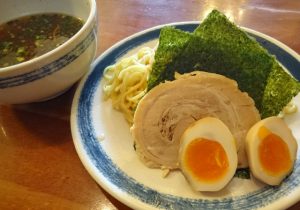
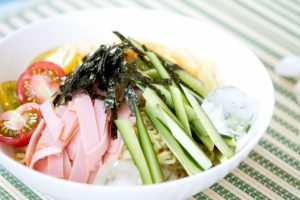
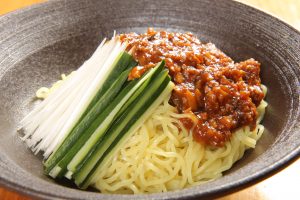
Japan’s noodle-making techniques and quality of ingredients (including wheat flours) are the highest in the world.
So if you’re interested in or want to see for yourself how to make quality noodles that can impress customers with just one mouthful, please don’t hesitate to contact us!

